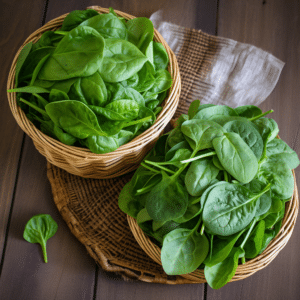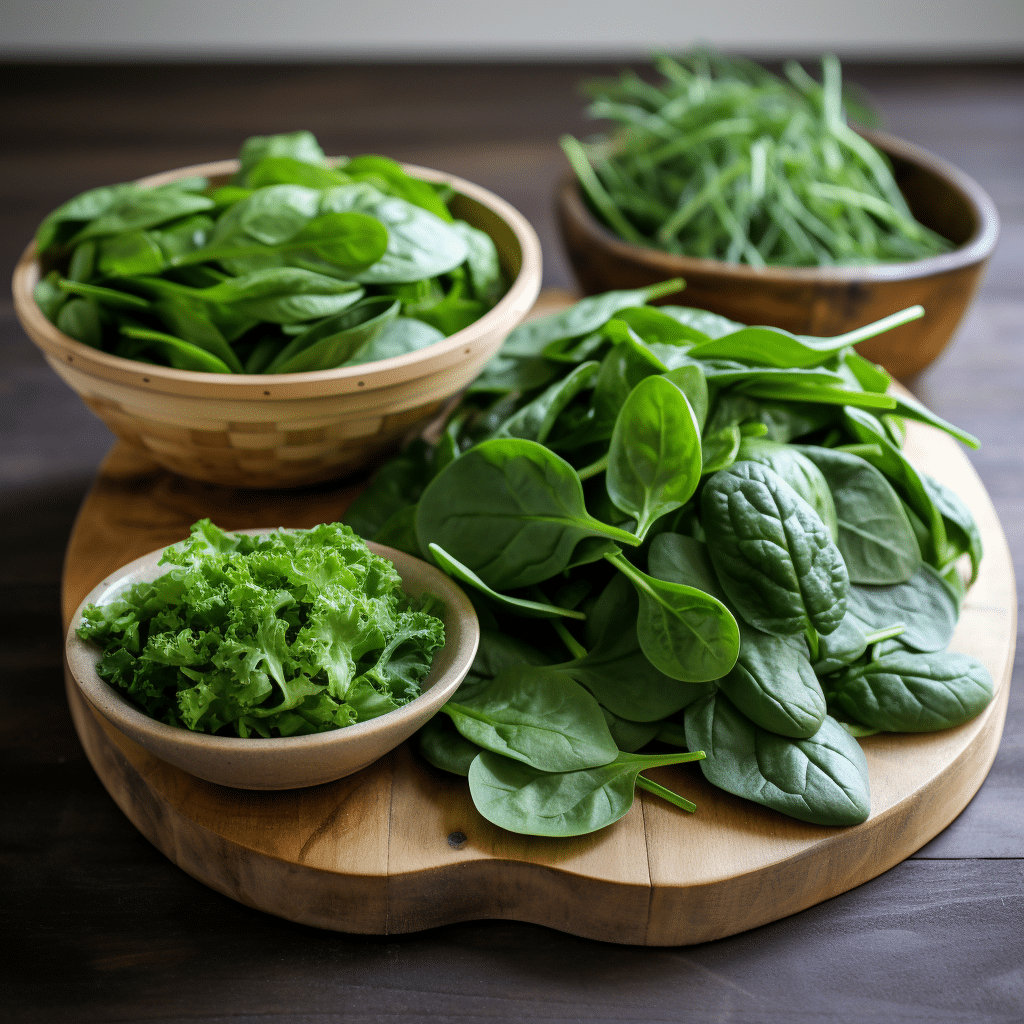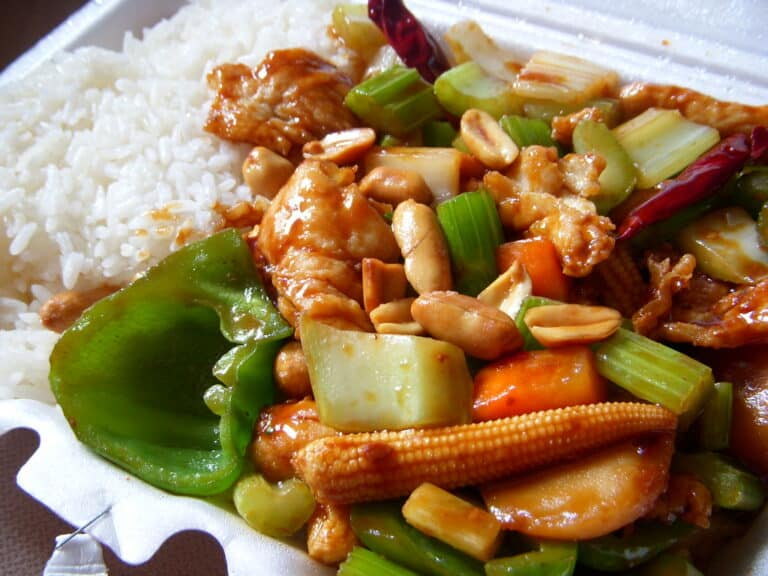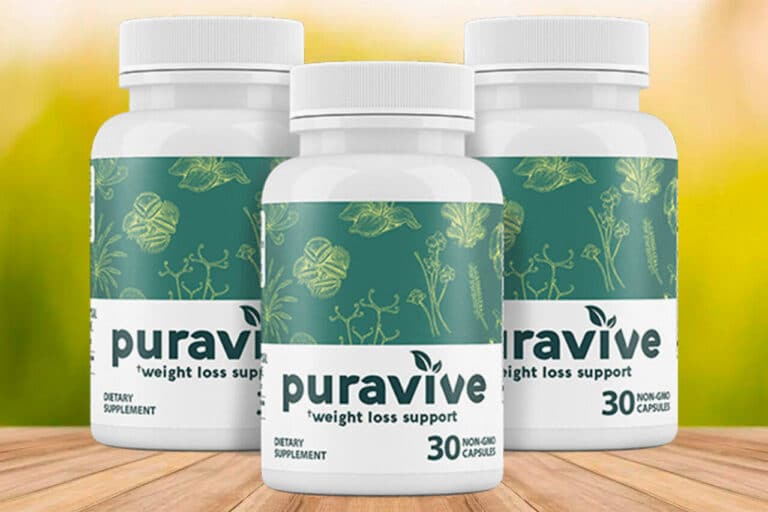Spinach vs Baby Spinach: A Nutritional Comparison
Spinach and Baby Spinach: Nutrient-Rich Green Comparison: Both mature spinach nor baby spinach are simply spinach that has been picked younger.
Spinach is a green, leafy vegetable belonging to the goosefoot family Spinacia Oleracea. It was first cultivated more than 2000 years ago in Central and Western Asia.
Baby spinach is harvested between 2 to 4 weeks after planting, while spinach after 1.5 to 2 months. Nutrients are almost similar, and there is no clear line on which is better nutrition-wise. The choice is based on personal preferences. This article seeks to compare and contrast spinach and baby spinach.

Spinach Vs. Baby Spinach
History
Spinach was first cultivated in the Western and Central Persia region, modern-day Iraq, more than 2000 years ago. The cultivation has spread to many parts of the world, with the four top producers being China, the USA, Kenya, and Turkey.
Description
Baby spinach is harvested at a tender age and is smaller compared to spinach. Baby spinach has a sweet flavor and a smoother texture. Spinach, on the other hand, has a large and rough or smooth surface, depending on the variety. They have a mildly bitter and earthy taste with a crunchy texture.
Nutrition Value
Baby spinach and spinach have similar nutritional value with minor variations. Here is a comparison between nutrition facts in 100 grams of baby spinach and spinach.
Description Baby Spinach Spinach
- Calories 24 23
- Fat 0.4gm 0gm
- Carbohydrates 3.5gm 3.6gm
- Protein 1.2gm 2.9gm
- Fiber 2.4gm 2.2gm
- Iron 2.7mg 2.7mg
- Folate 0 194ug
- Vitamin A 0 469ug
- Vitamin C 0 28.1mg
- Vitamin B1 0 0.1mg
- Vitamin B2 0 0.2mg
- Vitamin B5 0 0.1mg
- Vitamin E 0 2mg
- Vitamin k 482.9ug 482.4ug
They also contain calcium, potassium, folate, magnesium, phosphorus, and Zinc.
Health Benefits
Baby spinach and spinach are the nutrient powerhouse that has immense health benefits.
- They are good for eye health.
- They are great for heart health. The low amount of calories and cholesterol keeps the heart healthy, minimizing the risks of heart problems such as stroke and heart failure.
- They might boost immunity. The antioxidants in spinach help fight free radical cells that damage healthy cells.
- They boost the production of collagen, which helps in maintaining elastic skin with reduced signs of aging.
- They boost iron absorption in the body.
- They may help in the speedy healing of wounds.
- They might help in weight management. Due to the high amounts of fibers, spinach makes one get full faster and remain full for long, reducing the urge to keep eating, which is bad for a healthy weight.
- They could help in controlling blood sugars and are thus helpful in managing diabetes.
- Spinach contains antioxidants that may help in fighting cancer cells.
- They could boost nerve and brain functions.
- They help boost digestion and alleviate signs of constipation.
- They contain carbohydrates that might help in boosting energy levels.
Culinary uses
Spinach and baby spinach can be eaten raw, cooked, or dried. Some of the ways you can use spinach are;
1.Smoothies
They can be made into smoothies, with baby spinach being more suited due to its sweet flavor and smooth texture. Spinach is mildly bitter and may not be suited for Kid’s smoothies. You can blend it with your preferred type of fruit or vegetable.
2. Salads
Fresh spinach and baby spinach is an excellent addition to vegetable and fruit salads. Shred or Cut them into small pieces and toss them in your salads. Mix with carrots, cucumber, broccoli, apples, dragon fruit, or any other vegetable or fruit of your choice. You can add some nuts to raw spinach and enjoy your salad.
3.Soups
When making a vegetable soup, spinach would be a great addition. They pair well with garlic, ginger, mushrooms, and pumpkin.
4.Sautees
You could sautee your spinach with oil, garlic, salt, and pepper. In a skillet, cook over high heat until the spinach wilt, and serve with your favorite dishes such as rice, pasta, grilled chicken, or sweet corn. Steaming reduces the oxalate component in spinach.
5.Stuffing
Tacos, chicken, chap lines, hamburgers, and chilaquiles all benefit from having spinach or baby spinach stuffed within.
As A Substitute
Spinach and baby spinach can substitute all leafy vegetables, including; kales, collard greens, lettuce, dark green lettuce, swiss chard, and kales.
How To Store Spinach
Parsley may be saved for a long time when dried or powdered, while fresh spinach can be frozen.
If it comes in powder form, keep it out of direct sunlight and in a cold, dry area. When well stored, it has a long shelf life and is still safe for a few months after the expiry date when unopened. Wrap with a kitchen or paper towel, place in an airtight plastic bag, and put in the fridge. This way, they can stay fresh for a week. Alternatively, you can freeze them for a longer shelf life of up to 3 months. Ensure you wash and dry the spinach before freezing or refrigerating.

Effects Of Overconsumption of Spinach
Spinach and baby spinach are generally well tolerated by the body. However, some people may experience allergic reactions such as diarrhea, rashes, hives, and swelling of lips and tongue. Excess amounts could also lead to bloating, abdominal cramps, and gas build-up due to the high amount of fiber that requires time to digest.






